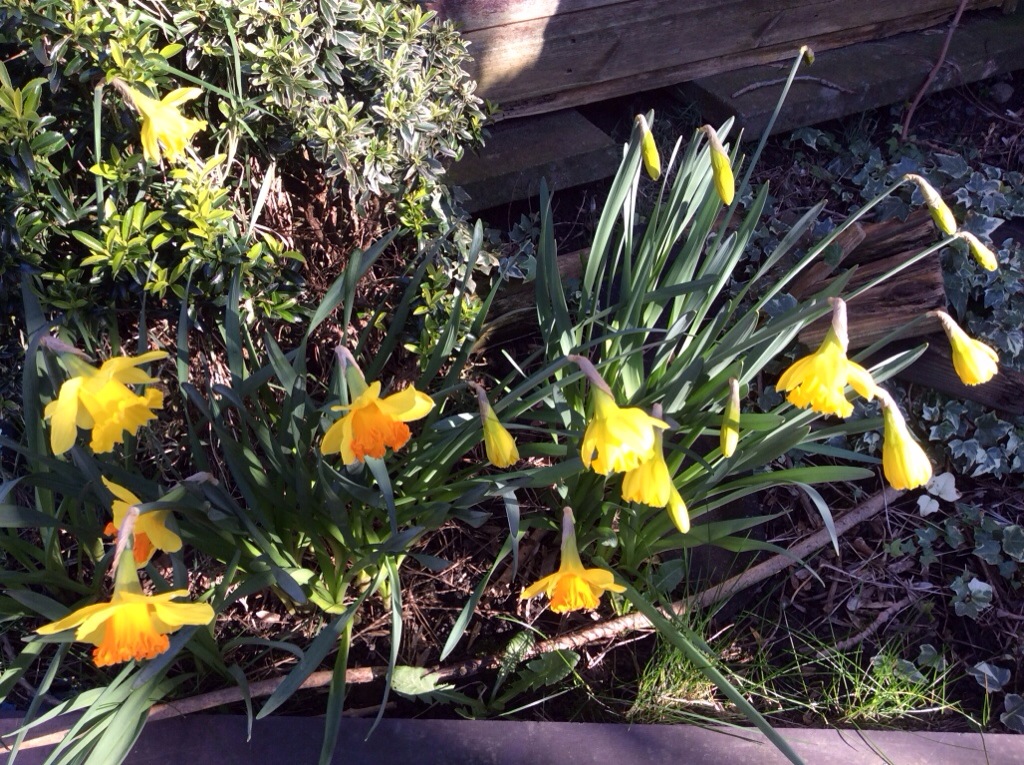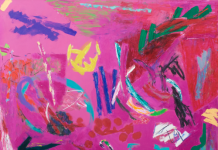It has, as the words of the song say, a long and lonely winter but spring has for the moment arrived across the North West and we are promised a few more days at least of mild temperatures and sunshine.
Whilst we in the UK have lost many of our springtime traditions in other parts of the world, the arrival of spring heralds many ancient traditions.
In Japan Shunbun no Hi sees people visiting family and remembering those who are no longer with us. In Iran the first day of Spring is known as Nowruz, and it is marked by families gathering around a table set with seven items that represent different hopes and virtues for the coming year such as rebirth, love, health and patience.
In India and Thailand the Spring is visited in a more messy way. India’s Holi Festival sees businesses shut down and the streets filled with dancing, singing, and people throwing coloured powder and water at one another. Thailand’s Songkran is marked by the public throwing of water.
At the ancient Mayan city of Chichén Itzá in central Yucatan, Mexico, a centuries-old shadow show enthrals visitors. The Mayans built a central staircase so that in the late afternoon on the Spring equinox shadows fall and look like a snake is slithering down the temple steps.
In Europe celebrations seem more food-based. The cheese-rolling down a Gloucester hillside attracts bemused spectators from around the world, while in Bosnia the first day of Spring is marked by the creation and then eating of a giant bowl of scrambled eggs.
For Bulgarians, the arrival of Spring is celebrated with the exchange of Martenitsi, twined threads of red and white material and the celebration of Baba Marta Day. In Bulgarian folklore Baba Marta is a grumpy old woman who changes her mood very rapidly, so it is fitting that her Day coincides with the arrival of changeable Spring weather. Bearing the red and white colors of the Martenitsa our predecessors asked Baba Marta for mercy. They hoped that it will make winter pass faster and bring Spring.
The calendar start of spring is the vernal equinox, the time that the sun crosses the Earth’s equator from south to north and one of only two times in the year when day and night are equal in length.
In earlier times, the vernal equinox was considered the beginning of the new year. It has always been an important day to those who work the land because it signifies the beginning of the season of regeneration and growth. While folklore has it that the vernal equinox is the only day of the year when an egg can be stood on its end.
Now we have lost our connection with the rhythm of nature and the first mild day in March is generally regarded as the first day of spring but as our seasons appear to be getting more and more mixed up, we would e’er on the side of caution before putting the winter clothes away







